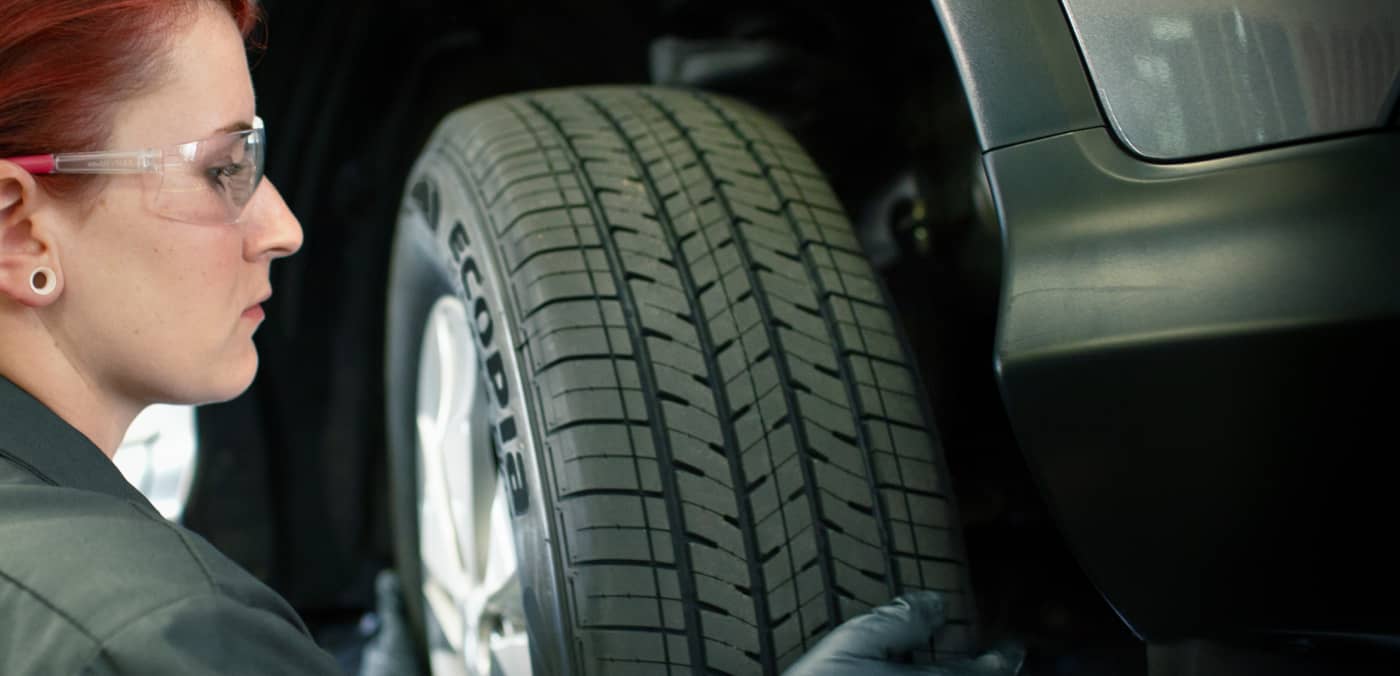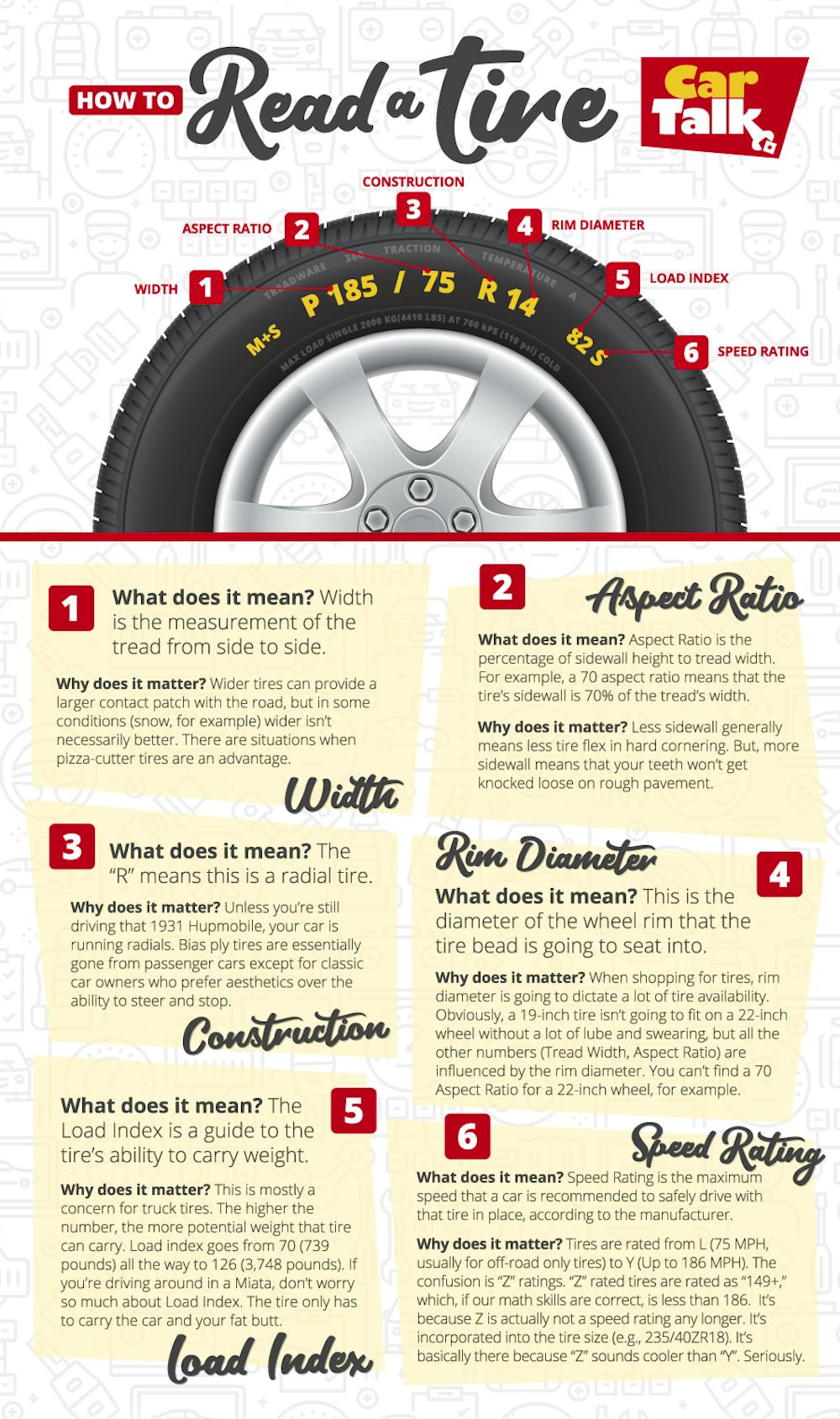All Categories
Featured
Table of Contents
The Michelin used a comfortable driving experience, characterised by responsive steering and a modern understeer equilibrium. Regardless of the cooler testing conditions, Michelin's regular time and grasp over 3 laps indicates its suitability for real-world applications. Conversely, Yokohama's performance was distinct. While its super-quick guiding caused a fast front axle turn, the back revealed a propensity to turn a lot more.
The tire's initial lap was a 2nd slower than the second, aiming to a temperature-related grip increase. For daily usage, the Michelin might be a much safer bet.
Trusted Long-lasting Tyres Near Me
It shared Michelin's risk-free understeer equilibrium yet lacked the latter's readiness to transform. Continental and Goodyear's performances were remarkable, with Continental's new PremiumContact 7 showing a substantial renovation in damp problems contrasted to its precursor, the PC6. This version was far much less sensitive to pack changes and behaved a lot like the Michelin, albeit with slightly much less interaction at the limitation.
It combined the safe understeer equilibrium of the Michelin and Continental with some sporty handling, showing both foreseeable and quick. As an all-rounder for this Golf GTI, Goodyear's Crooked range was the standout, showing remarkable efficiency in the wet. Ultimately, the Bridgestone Potenza Sporting activity took the crown as the fastest tire, albeit by a tiny margin.
Vehicle drivers looking for an interesting damp drive could discover this tire worth considering. The standout entertainer in damp braking was the most recent tyre on test, the PremiumContact 7, though the outcomes are nuanced.
Affordable Performance Tyres Near Me
Ideally, we wanted the cold temperature level examination to be at around 5-7C, yet logistical delays indicated we checked with a typical air temperature of 8C and water at 12C. While this was cooler than basic test conditions, it was still warmer than real-world conditions. The warm temperature examination was done at approximately 18C air and 19C water.
The 3rd run included damp braking examinations on worn tyres, particularly those machined down to 2mm with a tiny altercation. While we planned to do more with these worn tyres, climate restraints restricted our screening. Nevertheless, it deserves noting that wet stopping is most crucial at the used state, as tyres usually enhance in completely dry conditions as they put on.

Bridgestone, Goodyear, and Michelin saw the least efficiency reduction when used. The Hankook tire signed up the smallest efficiency decline as temperature levels cooled down, yet it was amongst the most impacted when worn.
Trusted Tyre Warranty Near Me
The take-home message here is that no solitary tire mastered all facets of wet braking, suggesting a complex interaction of elements influencing tyre performance under various conditions. There was a standout tire in aquaplaning, the Continental ended up top in both straight and rounded aquaplaning, with the Michelin and Goodyear also excellent in deeper water.
Yokohama might take advantage of somewhat even more grasp, a concern potentially influenced by the cooler problems. When it comes to managing, all tires performed within a 2% range on the lap, showing their high-grade efficiency (Cheap tyres). Considering these tires essentially target the exact same client, it's intriguing to observe the significant distinctions in feel.
The surprise is because the PremiumContact 6 was among my favourites for sporty completely dry drives, however its follower, the PremiumContact 7, appears a lot more fully grown and resembles Michelin's efficiency. Amongst these, Hankook was the least exact in guiding and communication at the restriction. High-performance tyres. Both Michelin and Continental used lovely initial steering, albeit not the fastest
If I were to suggest a tire for a quick lap to a beginner, claim my dad, it would be among these. We have the 'fun' tyres, namely Yokohama and Bridgestone. Both were speedy to steer and really felt sportier than the others, however the compromise is an extra spirited back end, making them a lot more difficult to take care of.
Tyre Rotation (Brabham)
It gave similar steering to Bridgestone however provided far better responses at the restriction and much better hold. The Bridgestone Potenza Sport, however, seemed to break down fairly rapidly after simply 3 laps on this demanding circuit. Finally, there's Goodyear, which positioned itself someplace in between the fun tires and those often tending in the direction of understeer.
All in all, these tyres are superb performers. In terms of tire wear, the approach utilised in this examination is what the market refers to as the 'gold criterion' of wear.
Both the Bridgestone and Yokohama tyres significantly underperformed in contrast to the various other four tyres in regards to rolling resistance, with Continental somewhat outshining the remainder. Relating to the convenience level of the tires, as prepared for, a lot of showed an inverted connection with handling. The Continental, Michelin, and Goodyear tires carried out finest throughout various surface types examined.

Bridgestone began to show indicators of suppleness, while Yokohama was specifically rough over pockets. We did measure inner sound degrees; nevertheless, as is typically the situation, the results were closely matched, and as a result of weather restrictions, we were not able to perform a subjective assessment of the tyres sound. We looked at abrasion numbers, which measure the amount of tyre walk lost per kilometre, normalised to a one-tonne car.
Discount Car Tyres Near Me
This number represents the amount of rubber dust your tyres create while driving. Michelin led in this category, generating over 9% much less rubber particulate matter. On the other hand, Hankook generated 32% more. This is a facet I believe the market ought to concentrate on even more in the future, and it's something Michelin is advocating.
Latest Posts
Wheel Alignment – Embleton WA
Top Tyre Offers – Eden Hill WA
Trusted Cheap Tyres Near Me – Wangara 6065 WA